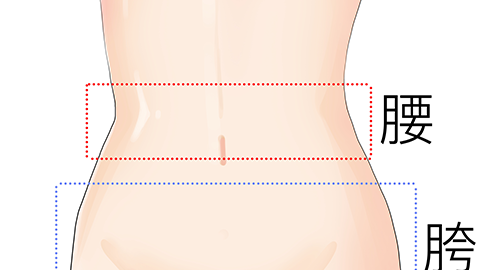How to Lose Weight in the Waist Area
Generally speaking, methods for reducing waist fat include dietary adjustments, aerobic exercise, strength training, cryolipolysis, and liposuction, among others; however, the effectiveness of weight loss varies from person to person. Detailed analysis is as follows:

1. Dietary Adjustments
Adjust your diet by reducing intake of high-sugar and high-fat foods, and increasing the proportion of vegetables, fruits, and whole grains. Additionally, maintain regular eating habits, avoid overeating, and consider using smaller plates and bowls to control portion sizes.
2. Aerobic Exercise
Long periods of sitting or insufficient physical activity reduce the body's calorie expenditure, which can easily lead to obesity. Aim for at least 150 minutes of moderate-intensity aerobic exercise weekly, such as brisk walking, jogging, swimming, or cycling.
3. Strength Training
Combine strength training exercises, such as weightlifting and push-ups, to increase muscle mass and boost basal metabolic rate, thereby helping the body burn fat more effectively. Exercise should be increased gradually to avoid starting with high-intensity workouts.
4. Cryolipolysis
This method uses a cooling device applied to the skin surface to induce fat cell apoptosis, which are then naturally eliminated from the body through metabolism. The treatment may cause localized skin sensitivity, so it is important to choose a reputable medical facility.
5. Liposuction
This involves inserting instruments through small incisions in the skin to break up and remove fat deposits. It is an invasive procedure, and during treatment, localized side effects such as redness, swelling, and pain may occur. This should be performed under the guidance of a physician.
While pursuing weight loss, one should also focus on overall health, adopt scientifically sound methods, and maintain a healthy lifestyle.







